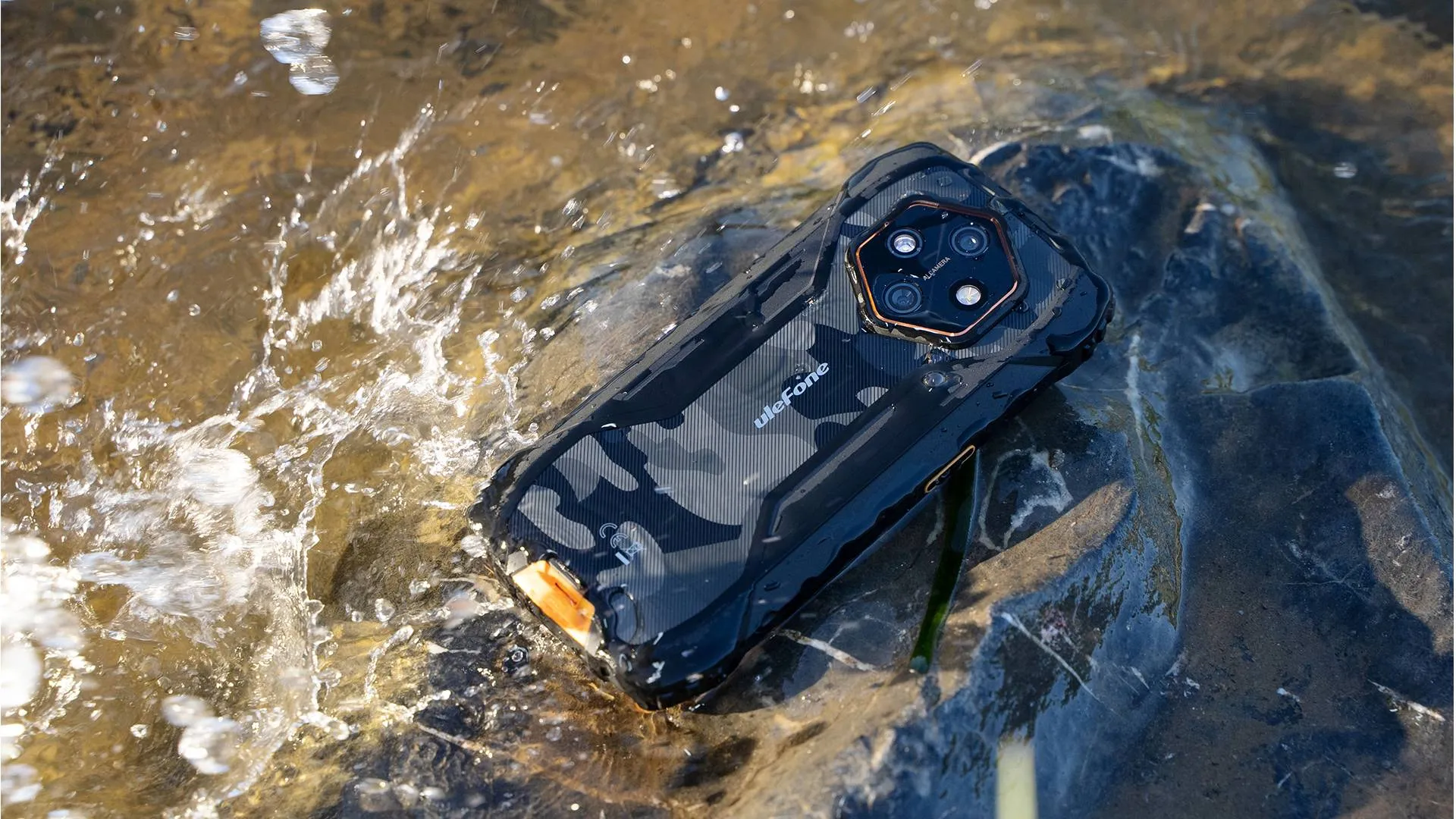NVIDIA GeForce RTX 5050 Debuts With DLSS 4, Ray Tracing, and GDDR7 Laptops
TechWednesday, 25 June 2025 at 13:08

NVIDIA has officially unveiled the GeForce RTX 5050 for both desktop and laptop platforms, aiming to redefine what gamers expect from the “mid-range” category. Built on the new Blackwell architecture, the RTX 5050 comes loaded with features typically reserved for pricier models—DLSS 4, neural rendering, 5th-gen Tensor Cores, and even digital human AI support. No, really.
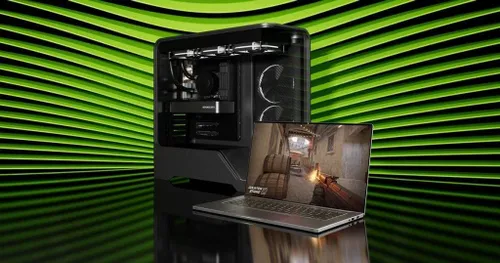
If you're upgrading from a GTX 1060 or even a first-gen RTX 3050, you're not just stepping up a tier—you’re entering a whole new era of GPU intelligence.
So, What’s Actually New?
The RTX 5050 brings 2,560 CUDA cores, a base clock of 2.31GHz, and 8GB of GDDR6 memory on a 128-bit bus for desktops. The laptop variant mirrors the core spec but swaps in faster, low-power GDDR7 memory running at 24Gbps. Both versions are equipped with fifth-gen Tensor Cores, fourth-gen Ray Tracing Cores, and 9th-gen NVENC for AV1 encoding. In short, it's a lot of power packed into a GPU that starts at just $249.

DLSS 4 and Reflex 2: Where AI Flexes Hard
This isn't just about pushing pixels faster—it's about how NVIDIA’s AI stack works behind the scenes. With DLSS 4 and Multi Frame Generation, the RTX 5050 can generate entirely new frames to improve fluidity without a brute-force approach. That translates to 4x faster frame rates with DLSS 4 over the RTX 3050. And then there's NVIDIA Reflex 2, which introduces a new “Frame Warp” feature aimed at shaving milliseconds off your input lag. Hardcore FPS players will feel that difference, even if they can't immediately explain why.
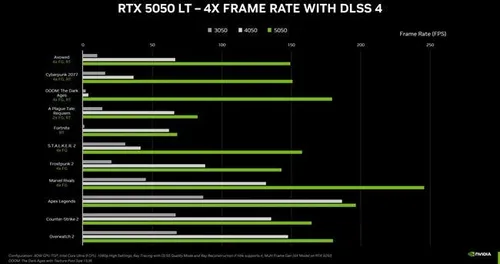
Real-Time Ray Tracing for the Masses?
In theory, yes. NVIDIA claims the 5050 delivers up to 50x better ray tracing performance in some titles versus older Pascal-era GPUs. That’s a nice stat—but also, let’s be honest, a bit of a marketing stretch. Still, the real-time ray tracing on this card won’t be a checkbox. It’ll be playable. And that’s the difference.
Also notable: neural rendering. This is where NVIDIA’s AI reconstructs ray-traced visuals to reduce load and increase fidelity. It sounds a bit sci-fi—but it works, and it’s only getting better.
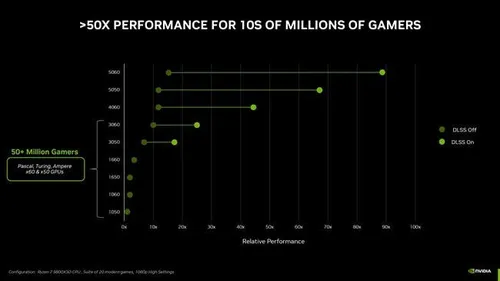
Studio Creators Get a Slice, Too
The RTX 5050 isn't just for gamers. It’s backed by NVIDIA Studio, Omniverse, and RTX Remix, offering creators optimized workflows and AI-assisted tools for video editing, 3D modeling, and more. The AV1 support will especially matter for streamers and YouTubers working with high-res video in smaller file sizes.
Also included: NVIDIA Broadcast, which still does a freakishly good job at removing background noise and blurring out messy bedrooms on video calls.
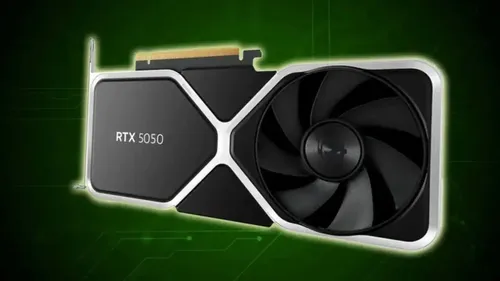
Specs Snapshot – RTX 5050 Desktop
- CUDA Cores: 2,560
- Tensor Cores: 5th Gen (421 AI TOPS)
- RT Cores: 4th Gen (40 TFLOPS)
- Memory: 8GB GDDR6 (128-bit)
- Clocks: 2.31GHz base, 2.57GHz boost
- Video Encode/Decode: 9th-gen NVENC / 6th-gen NVDEC
- Display Output: 4x (3x DisplayPort, 1x HDMI)
- Power: 130W TGP (550W recommended PSU)
- Max Res: Up to 8K @ 165Hz (Display Stream Compression)
If you're leaning toward portability, the laptop variant comes with the same core architecture but upgrades the memory to 8GB of GDDR7, designed for higher throughput and better thermal efficiency. This helps OEMs build thinner and quieter machines without cutting corners on performance.
Expect up to 2.4x faster raster performance compared to older RTX 30-series laptop GPUs. Again, that’s not nothing.
NVIDIA GeForce RTX 5050 Pricing and Availability
The RTX 5050 desktop GPU will be available mid-July, starting at $249 USD, with custom models coming from the usual suspects: ASUS, MSI, GIGABYTE, ZOTAC, Palit, and more. NVIDIA says prebuilt systems will also be ready at launch.
As for laptops, availability depends on OEM partners, but they’ll ship with pre-installed drivers. Desktop users will get full support from a new Game Ready Driver coming in early July.
Loading



